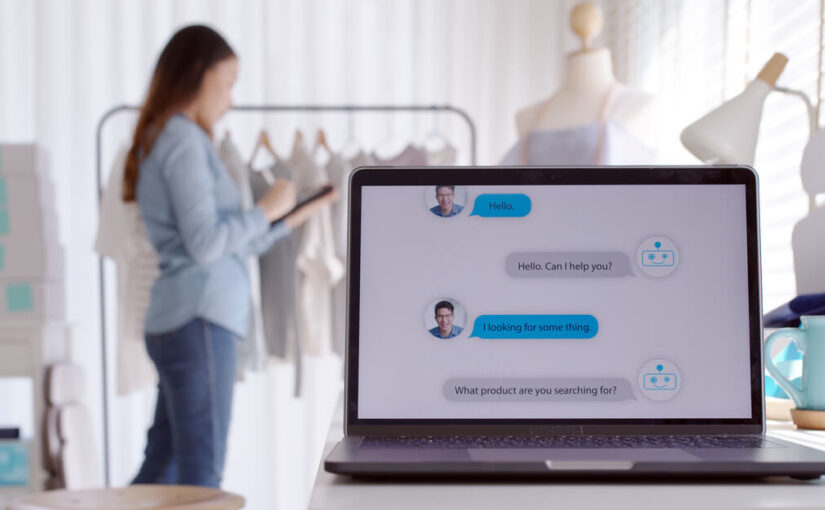Exploring the Potential of ChatGPT in Language Learning and Education
The emergence of artificial intelligence (AI) has had a profound impact on various industries, and education is no exception. AI-powered tools and technologies are revolutionizing the way we learn and teaching languages is one area where AI is showing great potential. ChatGPT is an AI-powered language model that could revolutionize the way we teach and learn languages. In this article, we will explore the potential of ChatGPT in language learning and education.
What is ChatGPT?
ChatGPT is a language model that uses deep learning techniques to generate natural language responses. It is based on the GPT-3 architecture, which is one of the most advanced and sophisticated AI language models available today. ChatGPT has been trained on a vast corpus of text, which allows it to generate responses that are not only grammatically correct but also contextually relevant.
ChatGPT in Language Learning
One of the key advantages of ChatGPT in language learning is that it can provide learners with personalized and interactive language practice. Traditional language learning methods often involve reading textbooks and memorizing vocabulary lists, which can be dry and unengaging. With ChatGPT, learners can practice their language skills in a conversational setting, which can help them to improve their listening, speaking, and writing abilities.
ChatGPT can also provide learners with instant feedback on their language use. Learners can practice their language skills with ChatGPT and receive feedback on their grammar, vocabulary, and pronunciation. This can help them to identify areas where they need to improve and focus their language learning efforts.
ChatGPT in Education
In addition to language learning, ChatGPT also has the potential to transform education as a whole. One area where ChatGPT could be particularly useful is in providing personalized and adaptive learning experiences. ChatGPT could be used to create customized learning experiences for individual learners based on their needs and learning styles.
ChatGPT could also be used to provide instant and interactive feedback to learners. Teachers could use ChatGPT to create chatbots that could answer students’ questions in real-time. This would not only save teachers time but also provide students with immediate feedback on their understanding of the material.
ChatGPT could also be used to create virtual tutors that could provide students with additional support outside of the classroom. Virtual tutors could be programmed to answer students’ questions and provide additional resources to help them better understand the material.
Potential Challenges and Considerations
While ChatGPT has great potential in language learning and education, there are also potential challenges and considerations that need to be addressed. One concern is that ChatGPT could replace human teachers, which could lead to job losses in the education sector. Another concern is that ChatGPT could perpetuate biases and stereotypes that exist in the language data it was trained on.
It is important for developers and educators to be aware of these potential issues and work to address them. ChatGPT should be viewed as a tool to support and enhance learning, rather than a replacement for human teachers.
Without Further Ado
ChatGPT has great potential in language learning and education. It can provide learners with personalized and interactive language practice, as well as instant and adaptive feedback. ChatGPT can also be used to create customized learning experiences and virtual tutors. While there are potential challenges and considerations that need to be addressed, ChatGPT should be viewed as a tool to support and enhance learning, rather than a replacement for human teachers. With continued research and development, ChatGPT has the potential to transform the way we learn and teach languages.





